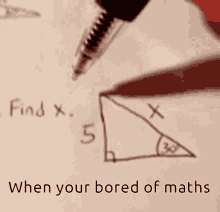That's entirely a matter of convention by definition, but i think the TI one is more commonly used.
From the PEMDAS pounded into me here I go with the Casio. (even though their calculators ain't worth a toot)
What do the math wizards on here say?
I think the original standard was to consider M and D equal priority and fall back on left to right in the expression. The mneumonic PEMDAS was a loose expression of that idea, but some have taken it literally, unfortunately.
The TI version goes back to Fortran. I think before programming and calculators people just avoided the ambiguity.

The TI applies the rules as usually understood.
But HP users, how would you enter the problem and what is your answer?
The lesson here is to understand your calculators notation, amd when writing out mathematical expressions never write them like this.
As far as the Casio vs. HP debate. HP'S historical have an edge because doing many similar calculations at a time was faster, but not many people do that kind of calculations with a calculator these days. For one off and more complicated calculations (especially dealing with fractions and angles in anything other than radians) the Casio has an edge. It is also much more helpful for those learning math. Of course this edge is easily canceled out by familiarity with the HP.
I still use the Casio I bought in the mid '90's as my primary calculator and teach math and physics with Casios.
I have an HP-35 but haven't used it for years, because computers and data collectors have taken the place of everything I used it for in the past.
6 enter 2 divide 1 enter 2 plus multiply
Which yields 9
The correct answer is it's a poorly written equation and you wouldn't see this from anyone who sat through a basic math class since reducing fractions is like... day 1 material. Throw 3(2+1) out there and there wouldn't even be a discussion.
Since there is no operator between the number 2 and the parenthesis the answer is 3(3).







